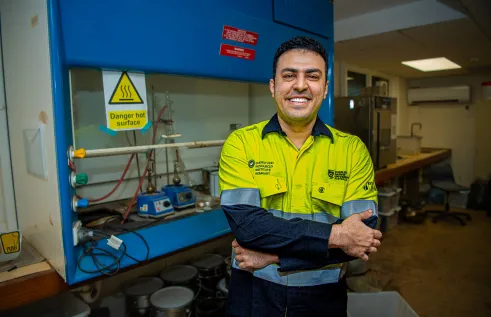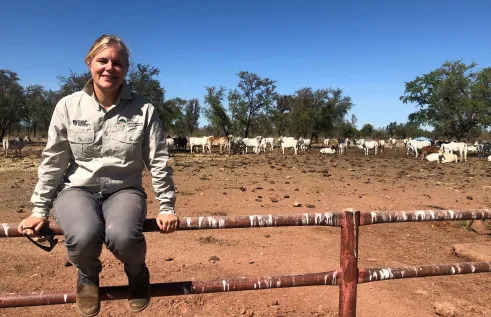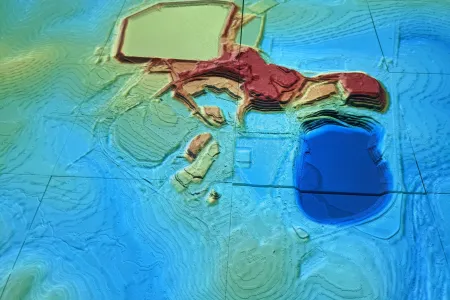News
Researcher using 3D modelling to help with Ranger Uranium Mine mine site cleanup in Kakadu
Researchers from Charles Darwin University (CDU) are using 3D-printed models of mine rehabilitation sites to visualise how the Ranger Uranium Mine will be rehabilitated.
CDU's Northern Institute Research Development Officer Rohan Fisher is working with the Gundjeihmi Aboriginal Corporation, Northern Land Council (NLC), and Energy Resources of Australia to support the Mirarr Traditional Owners as their country that was impacted by the Ranger mine is handed back.
“It’s the First Nations people who know this land. It’s their input and guidance that’s vital for the success of our modelling and ultimately and rehabilitation projects,” Mr Fisher said.
“The first step in success is clear communication, and that’s what this modelling delivers.”
Media reported that the cost of the rehabilitation at the Ranger Uranium Mine site could cost between $1.6bn and $2.2bn and be delayed by two years from its 2026 deadline.
Mr Fisher is taking the issues around rehabilitation, such as traditional cultural knowledge of the land, water flow modelling and rehabilitation process information, and creating 3D printed projection augmented models to explore how these decisions interact and affect rehabilitation outcomes.
“It gives the Mirarr people a better understanding of what is being done to rehabilitate the mined area and the long-term impacts,” he said.
The 3D printed models that Mr Fisher creates of the mine sites, enable the clear visualisation of complex landscape processes that provides a basis for more informed and equitable engagement in the mine decommissioning process.
“This modelling incorporates places of cultural significance, sophisticated water flow modelling and rehabilitation process information into one dynamic platform,” he said.
“There are so many elements to consider with rehabilitation of land that modelling is needed, that brings all these factors together.”
Mr Fisher was in Jabiru creating models of the mine site for the Mirarr Traditional Owners to review.
Gundjeihmni Aboriginal Corporation CEO Justin O’Brien said cleaning up the Ranger site was the single largest rehabilitation exercise in the history of Australian mining.
“This new technology has enabled an unprecedented level of technical engagement on the part of the Mirarr traditional owners and Djurrubu Rangers,” Mr O’Brien said.
This modelling is extremely useful in helping Mirarr and their staff to understand the complexities of the work being undertaken to repair country.”
At a Senate inquiry into mine rehabilitation in 2017, the committee heard evidence that First Nations communities had the greatest impact from rehabilitation decisions and needed to be a key stakeholder in solutions.
Related Articles

Where rubber meets the road: Old tyres are key to building tougher roads
Almost half of the Northern Territory’s worn-out tyres end up in landfills – with the rest exported interstate for recycling – but a study led by Charles Darwin University (CDU) is repurposing the discarded rubber to build stronger, sustainable roads that meet the NT’s unique needs.
Read more about Where rubber meets the road: Old tyres are key to building tougher roads
Social media subjecting Black women to radicalised digital policing
Influencers use oppression, manipulation and weaponisation to police Black women on social media, according to new research uncovering the entrenched nature of digital racism.
Read more about Social media subjecting Black women to radicalised digital policing
Moo-ving the boundaries: New research evaluates virtual fences for use on NT cattle stations
Cattle producers in Northern Australia face unique challenges when adapting tools like virtual fences on their properties, but new research from Charles Darwin University (CDU) is set to break down the barriers to this technology.
Read more about Moo-ving the boundaries: New research evaluates virtual fences for use on NT cattle stations
